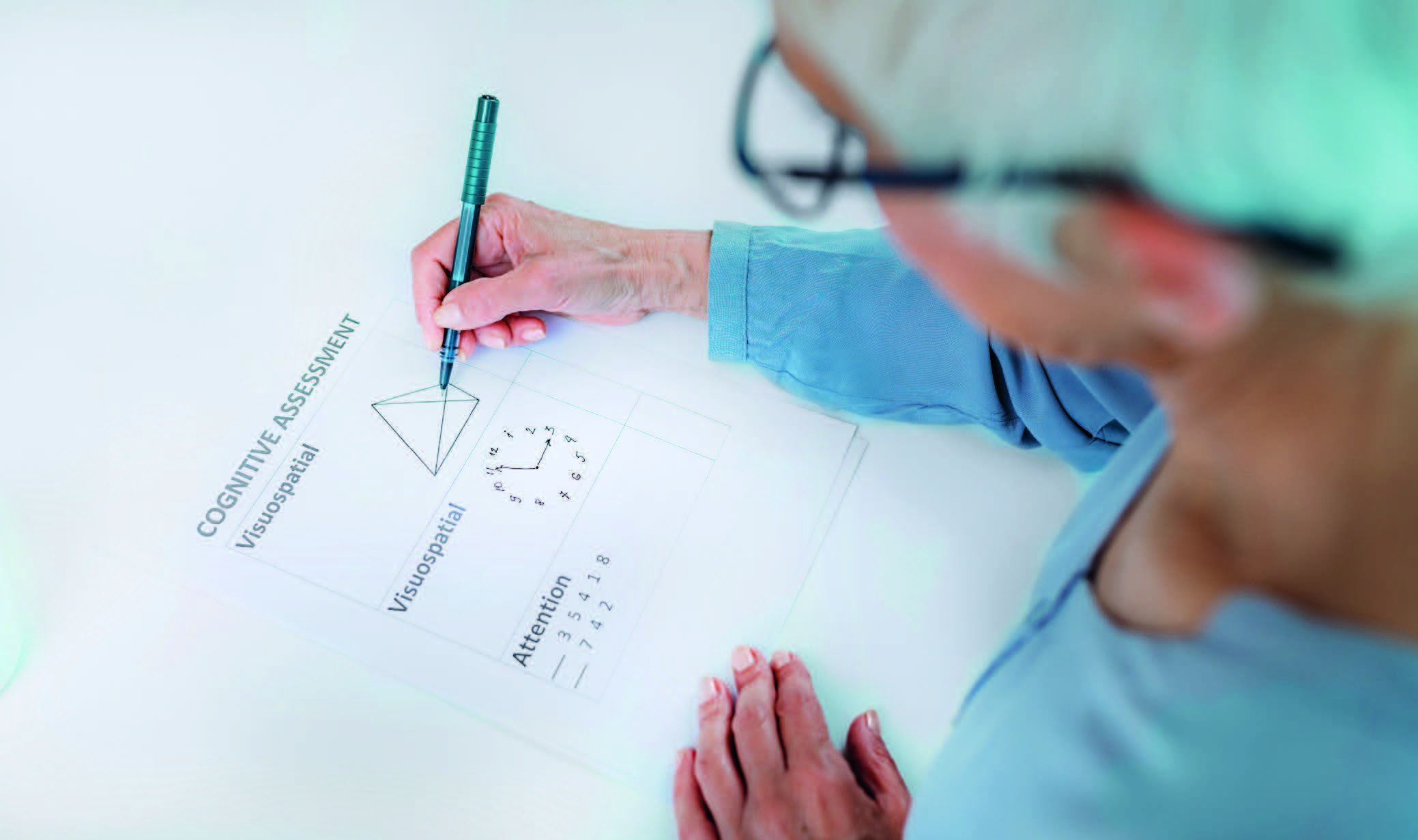FST JOURNAL
AI in Disease Detection
DOI: https://www.doi.org/10.53289/VHMC8988
Finding the early signs of disease
Mike Oldham

Mike Oldham was Director of Early Detection of Neurodegenerative Diseases at Alzheimer’s Research UK (ARUK) at the time of the meeting. Their programme involves harnessing the potential of digital technologies to collect a wide range of digital data to develop tools for detecting neurodegenerative diseases at their very earliest stage. Mike is an engineer who has spent his recent career working in innovation, helping new technologies make the difficult journey from research to industry.
Dementia is one of the biggest health challenges of our generation. One in three people will go on to develop dementia: Alzheimer's disease accounts for about two thirds of those. During the next decade, we need to revolutionise the way we treat, diagnose and prevent dementia. First generation treatments, drugs that are intended to strip amyloid out of the brains of patients, are already showing positive, albeit quite modest, results, slowing down cognitive decline. There is light at the end of the tunnel. All the research, though, is pointing to the importance of early detection and diagnosis. If you cannot detect the disease, you cannot treat the disease.
Detection and diagnosis are different. Dementia is a set of symptoms caused by neurodegenerative diseases. Alzheimer's is the most common. Detection is the ability to determine the presence of that disease, the first changes that are happening in the brain. Diagnosis is when a clinician takes all of those facts and makes a clinical judgment about an individual. Someone once said to me that most dementias are diagnosed by accident, when there is an accident or a catastrophic trigger event. Then we ask what is causing it. In future, we will have to start diagnosing the diseases that cause dementia before the symptoms of dementia become apparent.
We do not need AI to diagnose dementia but we do need AI and machine learning to help detect the diseases that cause dementia. There are two complementary technologies employed at the moment in early detection. The first is pathology: amyloid and tau in the brain cause tangles which cause dementia, hence the latest drugs are focussed on stripping the amyloid out of the brain. Blood tests, PET scans and intrusive lumbar punctures are used to detect these proteins in the blood.
Cognitive functional testing is the other method in widespread use. This indicates when the brain is starting to change the way it works. The technique measures working memory, episodic memory, executive function, speech, language, etc. Genetic risk also needs to be considered.
We are on a journey from paper tests to digital to AI. For example, the clock test is a well-established tool: draw a circle, put the numbers on it, put the time in it. The first step is to replace the paper with keyboard or tablet entry. Then use AI and machine learning to reproduce what a good clinician can do. The next step will be to detect the patterns that are currently too subtle for the clinicians to spot.
AI is also starting to support voice and language models, with the ability to analyse large amounts of data and extract relevant features. Cognitive impairment can be measured as speech and language change. Some of these tests are still in clinical trials, but looking to move into clinical use soon.
As an engineer, the first question must be: can we measure clinically meaningful data? The ARUK EDoN Project, for example, has at its centre a really strong cognitive test measuring working and episodic memory, executive function, speed of information-processing, attention, speech and language. Can we make these tests more sensitive by adding data on things like gait, sleep, social activity, mood, eye movement, EEG, etc? Most people with relatives or friends with dementia will have seen all of these aspects change progressively and quite slowly. The challenge is to detect those subtle signs as early as possible.
We build the AI models using patient data in research cohorts; we start by plotting the time steps of somebody going into a clinic and having a series of scans, blood tests and memory tests. We then compare that with what the digital tests are telling us at the same time. The ultimate goal is to do away with the highly intrusive scans and testing and instead rely on the digital markers, identifying where people have a problem and then placing them back into the system. Ideally, we want to be able to carry out a series of tests on an individual and then supplement it with some sort of lifestyle tracking, in order to plot their trajectory of cognitive decline.
 We are on a journey from paper tests to digital to AI. The first step is to replace the paper with keyboard or tablet entry. Then use AI to detect the patterns that are currently too subtle for clinicians to spot.
We are on a journey from paper tests to digital to AI. The first step is to replace the paper with keyboard or tablet entry. Then use AI to detect the patterns that are currently too subtle for clinicians to spot. Another challenge is how to deal with the diversity of the population. Can these models really separate out the complex entanglements of geriatric depression and cognitive decline, people's education (particularly in early years education) and many other factors? There is a huge task in front of us.
Even if it were possible to tell an individual that they were on a particular trajectory, we would not act without understanding the pathology. Some drugs are very expensive and can have significant side effects. They would not be prescribed to somebody on the premise of just a digital test. The buildup of amyloid would need to be confirmed and one would want to know that the target was there in the pathology, in order to strip it out.
The biggest challenges, as ever, concern data and practicalities. First, what do you want to measure? Who do you want to measure that in? Who are the at-risk groups? Then we need a secure data platform to carry out all the harmonisation and the pseudomisation. All of those processes have to be completed before the data can be handed over to machine learning experts in order to extract all the meaningful clinical data. After that, how do you cascade this to a clinical audience in an explainable way?
Data is a real challenge. How much data is needed to build unbiased AI models? Many companies, particularly startups, are working with small datasets. Yet these risk inducing bias and we cannot afford to do that in dementia. Black and ethnic minorities, as well as women, are significantly more at risk of dementia than the general population and yet are under-represented in research. We cannot afford to make the biases any worse. That is why initiatives like the ADDI global data sharing platforms are enormously valuable in enabling a sufficient scaling-up the amount of data.
We are often asked if people really want to know if they are going to develop Alzheimer's dementia. According to our research, 74% of the population say they want an early diagnosis, with 38% saying they would like to know 15 years beforehand, so that they can plan and get things ready. It is so important that we get this right. Without appropriate regulation and appropriately trained models, people will go looking for answers in wellness apps and the dementia clinics will be clogged with the worried well.
We want to revolutionise the way we treat Alzheimer’s. Early detection is key to that. AI and machine learning are the key to unlocking the power of early detection. Large amounts of well-characterised patient data are absolutely essential to build AI models that are unbiased and representative of the population.
Patient data is where we need to start this journey.
